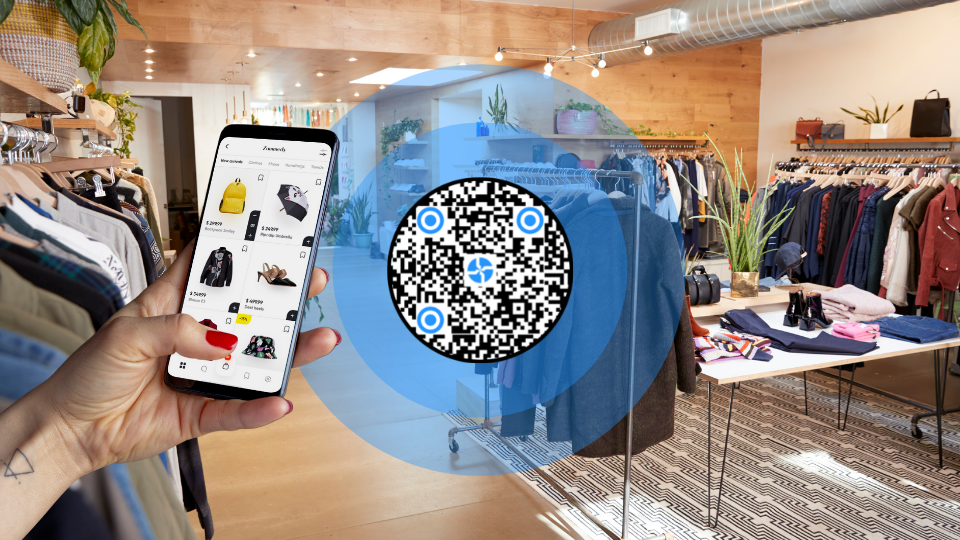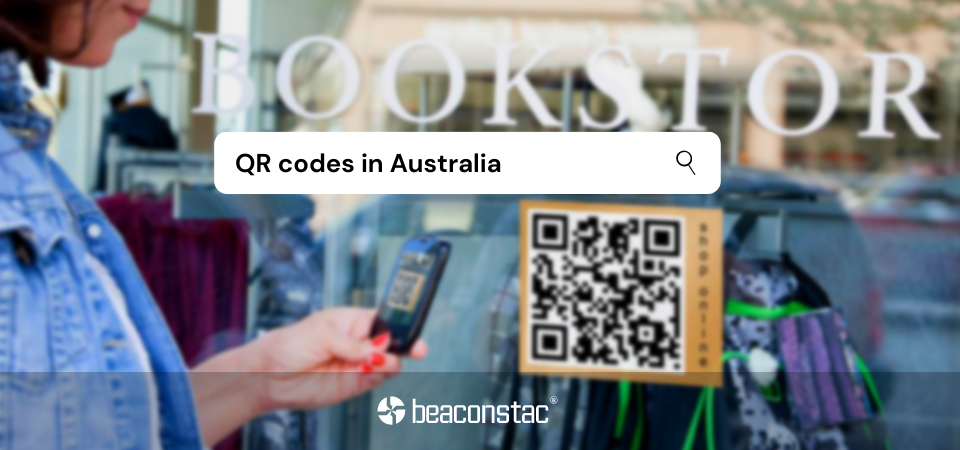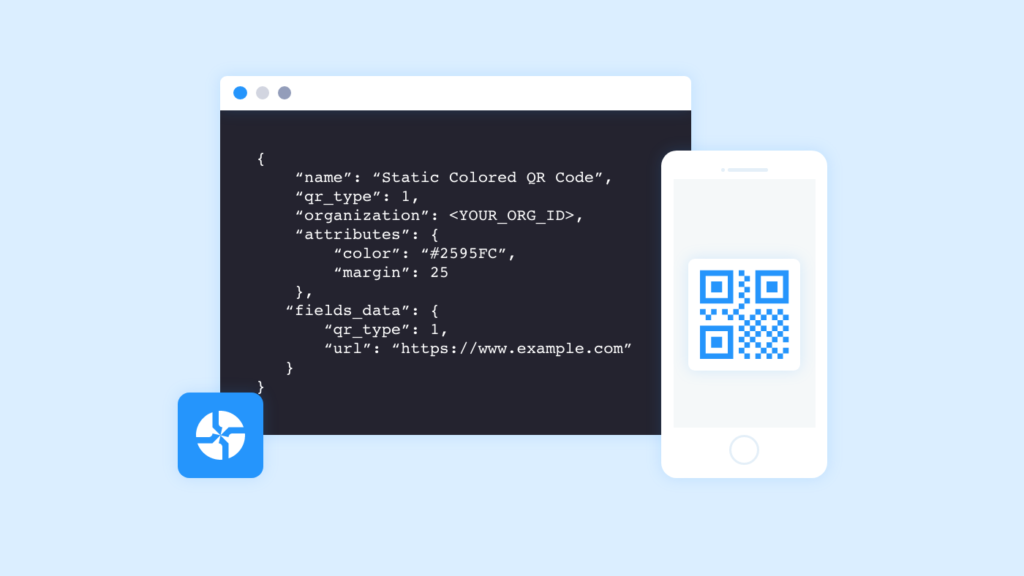Several major events such as E3, Coachella, SXSW, and even the 2020 Olympics were canceled due to COVID. The direct economic loss due to these cancellations was more than $1.1 billion, according to PredictHQ for Recode.
In-person events are a cornerstone touchpoint for most events, especially B2B brands, but as the outbreak of the pandemic proceeds, most events have either been canceled (87%) or postponed (66%).
As marketers are grappling with the ongoing crisis of the pandemic, there is also a considerable amount of apprehension about the future of events. As most states are slated to reopen, the second half of the year looks promising.

Some of the most common issues event organizers have are – organizing an event within a limited timescale, adhering to safety guidelines, and utilizing solutions that are safe for both the staff and attendees to curb the spread of the virus.
Will we adapt to a new way of marketing and communications, will the old ways of working seem outdated, or will it merely snap back to business as usual? Will virtual events be the new normal?
Six ways contactless solutions can help events for a safe comeback
#1 Utilize contactless tools for digital check-in

Introduce digital check-ins or ticket QR Codes in place of physical check-ins in place of paper tickets or wrist bands in an event to avoid forming long queues that can be a plausible way of spreading the virus.
Make use of QR Codes that can be downloaded and printed, if the guest wishes for physical proof of ticket. Else, they can simply scan the registration QR Code and check themselves in to RSVP for the event.
NFC tags can also be embedded onto either wristband or even outside entry points so attendees can simply tap the surface and get admission to the event.
For attendees who are unable to register themselves online, place self-generated QR Code kiosks at the event to generate a QR Code ticket on their own to enter events to curb the spread of the virus further.
Learn how QR Codes can be used for employing tickets at events.
#2 Make use of AR and VR to enhance the attendee experience

Augmented reality and virtual reality have been continuously used in events even before the pandemic to improve the attendee experience.
With only a limited number of attendees being allowed in a single space and a majority of them attending in confined spaces, these technologies provide necessary services to those who want to experience better at these events safely.
With a quick scan of a QR Code, attendees can enter the world of AR seamlessly. Event organizers can amplify viewer experience in multiple ways from full-wall projections to 360-degree real-time viewing to gamified experiences.
E3 adopted AR and VR in their conference held in Los Angeles, California, that focused on all things, video games, console, and handheld using the Oculus Rift.
Assess your audience and create an experience that not only amazes them but gives them another reason to come back to.
Read more about QR Codes for augmented reality here.
#3 Opt for contactless food ordering

When it comes to events, self-serviced buffet services are not a viable option anymore. Although seated dining could be an alternative option, it cannot be the go-to option.
With F&B being a vital part of any scaled event, switching to safe options with QR Code menus can minimize the virus’s risk.
Opt for QR Code menus, or digital menus with QR Codes that can be placed at kiosks or table ends. Attendees have to simply scan the QR Code to view the menu in the form of a PDF and place the order, which can then be collected without coming in contact with the staff.
Besides, seating arrangements will also be changed to align with social distancing rules. According to the Harvard University guidelines, for any on-campus events, limit to ten people and urge them to use a room or event space large enough to prevent crowding for the expected attendance.
Make use of QR Codes and NFC tags to be transparent with the attendees regarding the cleanliness of the premises and kitchen equipment.
#4 Make use of beacons for wayfinding

Previously, at any event or conference, volunteers were deployed at regular intervals to help attendees with directions or any other questions. But with the current situation, this does not seem viable anymore.
Make use of beacons at regular intervals in place of volunteers to deliver a strengthened user experience and answer questions without any hiccups.
Events typically consist of multiple sections within a single large space that can confuse attendees, delegates, and event staff. To avoid confusion, leverage beacons to direct any user to the right section without relying on their internet.
Beacons can also help event organizers convey a welcome message, ask attendees for refreshment, and even easily promote any event content.
#5 Contact tracing of attendees

Contact tracing has become mandatory in several countries to help curb the spread of the virus.
Make use of QR Code contact tracing forms to let guests and delegates disclose their recent travel history and health status and see if they are showing any symptoms.
Embed the QR Code at entry and exit points so attendees, staff, and delegates can quickly scan it to fill in the particulars and help organizers categorize them.
To be sure of the symptoms and other regulations, refer to government sources like the John-Hopkins live tracker to gauge which countries may pose a threat in real-time and limit attendees arriving from those countries.
Event organizers can collaborate with their local health agencies to supply them with the information in case of a suspect. Work with them to staff an isolation holding room for suspected cases and implementing standard operating procedures.
#6 Amplify attendee experience with personalization

Events are all about the experience. Although in-person events are on hold for now, organizers can still create a dynamic experience for their attendees that they can find value in.
1. Personalized communication
Connecting with audiences is now more critical than ever, which is why acknowledging them as individuals can make a significant difference to them. Send personalized push notifications, texts, and emails to each attendee by recommending a session that they might like by deploying beacons at regular intervals.
Also, create a “Plan your Own” experience where attendees can choose their events in order of importance by themselves without having to compromise their interests. In case they cannot attend, encourage them to scan a QR Code at the event location so they can download the event and watch it later at their convenience.
2. Cater to a broad audience with a variety of topics
The pandemic has presented people with an opportunity to grow and learn new skills for themselves. South by Southwest recently had an event that offered topics ranging from technology to business to art.
Cater to an audience that might help them feel confident about themselves, learn a new skill to upskill their resume, or even help them prepare themselves for new opportunities by organizing events ranging from many topics that suit them.
Contactless technology for events: How does it help?
It will take an exaggerated effort for both event organizers and brands to begin hosting hasslefree in-person events again. In the current situation, venues and event organizers will have to mainly focus on shared spaces to provide a safe environment for both parties by leveraging contactless solutions.
As per an analysis presented by Ernst and Young (EY), 94% of brands aim at exploring the sector of digital IPs for improved consumer attraction and retention in the new normal.
Further, around 85% of these companies are taking an active interest in developing digital IPs, while 90% have identified alliances that will provide the same.
Popular brands La Roche Posay and Havas PR organized a contactless movie experience under the stars at The Dubai Mall. The brands switched to contactless solutions to ensure optimal safety for all attendees.
The US government has released safety guidelines for events scheduled for the second half of 2020 to the beginning of 2021. It has mandated the use of contactless technologies such as NFC tags, QR Codes, and beacons.
With physical events set to remain on hold for some time yet, more businesses are looking to virtual meet-ups, using video tools, and finding new ways to connect to replace major summits and conferences via contactless solutions.
Some of the key trends in how event organizers can schedule events going forward are –
1. Shifting to contactless technology for events

It is a well-known fact that events and exhibitions always use new technologies to effectively enhance their event experience.
With an increase in virtual events, webinars, and live streaming events, many are afraid that this will be the way going forward. False.
Contactless events will be the way of going forward.
Technology has enabled organizers to provide delegates with touch screens, event apps, and sensor beacons to amplify the experience of events. Switching to contactless technologies for events can help enhance this experience further without compromising on safety.
As a result, organizers have switched to virtual reality, contactless registration and attendance, wayfinding, and even streaming of events by using technologies such as QR Codes, NFC, and beacons in conjunction with streaming services and other technologies for safe operations.
2. Contingency planning

The pandemic has forced many events to either cancel or postpone. These changes affect businesses significantly, especially marketing and budgeting plans. However, contingency plans can help mitigate the impact of these disruptions, according to Gartner.
Christy Ferguson, the Research Vice President of Gartner, says, “Contingency planning enables technology and service providers to remain credible with their attendees and pivot quickly, if necessary.”
The key to a robust contingency plan is communication. Reaching out to delegates, attendees, and exhibitors is critical. Contactless solutions can help event organizers reach out to their attendees rather seamlessly.
Even at the event, having a contingency plan can help organizers soften the effect on their business plan.
For instance, in case of shifting the event virtually, making use of a platform that offers live streaming and on-demand capabilities and the ability to build virtual booths to download relevant content may be appropriate.
3. Increased personalization

The most common issue in large-scale events and conferences is that most individuals mentioned that they could not enjoy their fullest at the said event as they felt disconnected.
Contactless technologies for events can help event organizers target event attendees and delegates to enhance their experience.
QR Codes, NFC tags, and beacons can be analyzed and tracked to learn more about attendees’ likes and dislikes and help in offering them the best experience.
The pandemic has forced event organizers to look into this issue and help them overcome these flaws and provide attendees with the opportunities to attend highly targeted shows, thereby facilitating the best experience.
The post-COVID events will notice a surge in personalization, new technologies, and arrangements that will provide an actual glimpse into the event and what it holds.
4. Advance advertising techniques

The current situation has seen a substantial increase in the rise of various advertising methods that are highly consumer-centric, engaging, and dynamic.
Multiple event organizers have switched to omnichannel platforms ranging from social media, offline methods, and even smart spaces using tools such as QR Codes, NFC, and artificial intelligence to generate awareness, increase traffic, and promote their upcoming events to enhance viewer participation.
Read why contactless marketing is essential in a post-COVID world.
Contactless events are going to emerge as winners going forward.
Keeping the current situation in mind, most brands have canceled major events till mid-2021.
Brands that can pivot their services to the rapidly changing market trends and be more agile to create value to their users during crisis times will emerge as winners.
For instance, UK’s first socially distanced concert at the Virgin Money Unity Arena had over 2,500 fans and made use of contactless technologies to keep their guests and front liners safe, and it was a great success.
Contactless events with socially aware rules and regulations will be the way of going forward to ensure optimal safety. You can even host a virtual multilingual event with online interpreting. In the post-COVID era, only those will succeed who can make their audience feel safe. This can be guaranteed by using active communication channels via contactless solutions and empowering the customers with policies that favor them.
-
With brands expanding their presence on omnichannel platforms to reach more audiences, learn how QR Codes help brands sync their online and offline marketing strategies to close the loop seamlessly.
-
Trying to build a loyalty program for your brand? Look no further! Check out this complete guide on the best customer loyalty platforms to help pick the best one and foster long-term brand loyalty effectively.
-
Struggling to improve in-store sales and shelf performance rate for your brick and mortar retail store? QR Codes for planograms are the answer you’re looking for.
-
Looking for a design software that fits your requirements? Check out this detailed guide on product packaging design tools with helpful information on how to create an effective packaging design.
-
What led to the surge in the usage of QR Codes in Australia? Is it because of contact tracing or payments? What does the future hold? Let’s find out.
-
Want to know how to add a QR Code API to your app without complex troubleshooting? Read to find out!
















